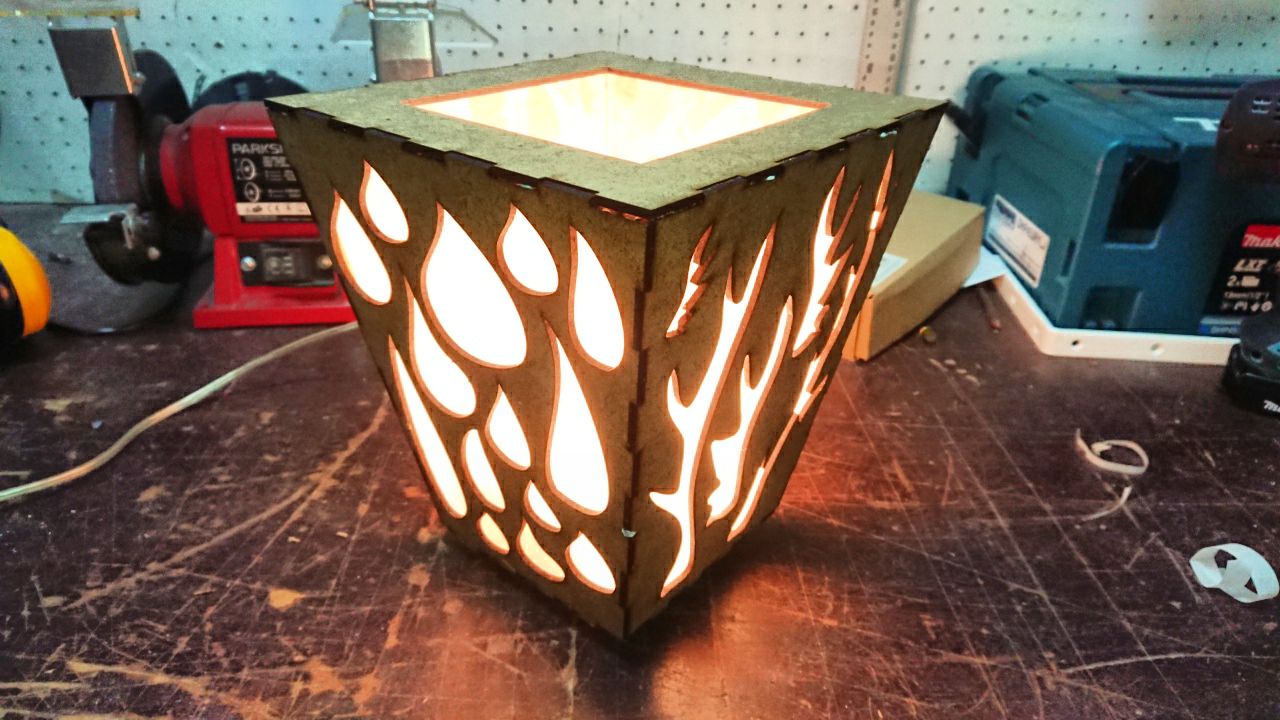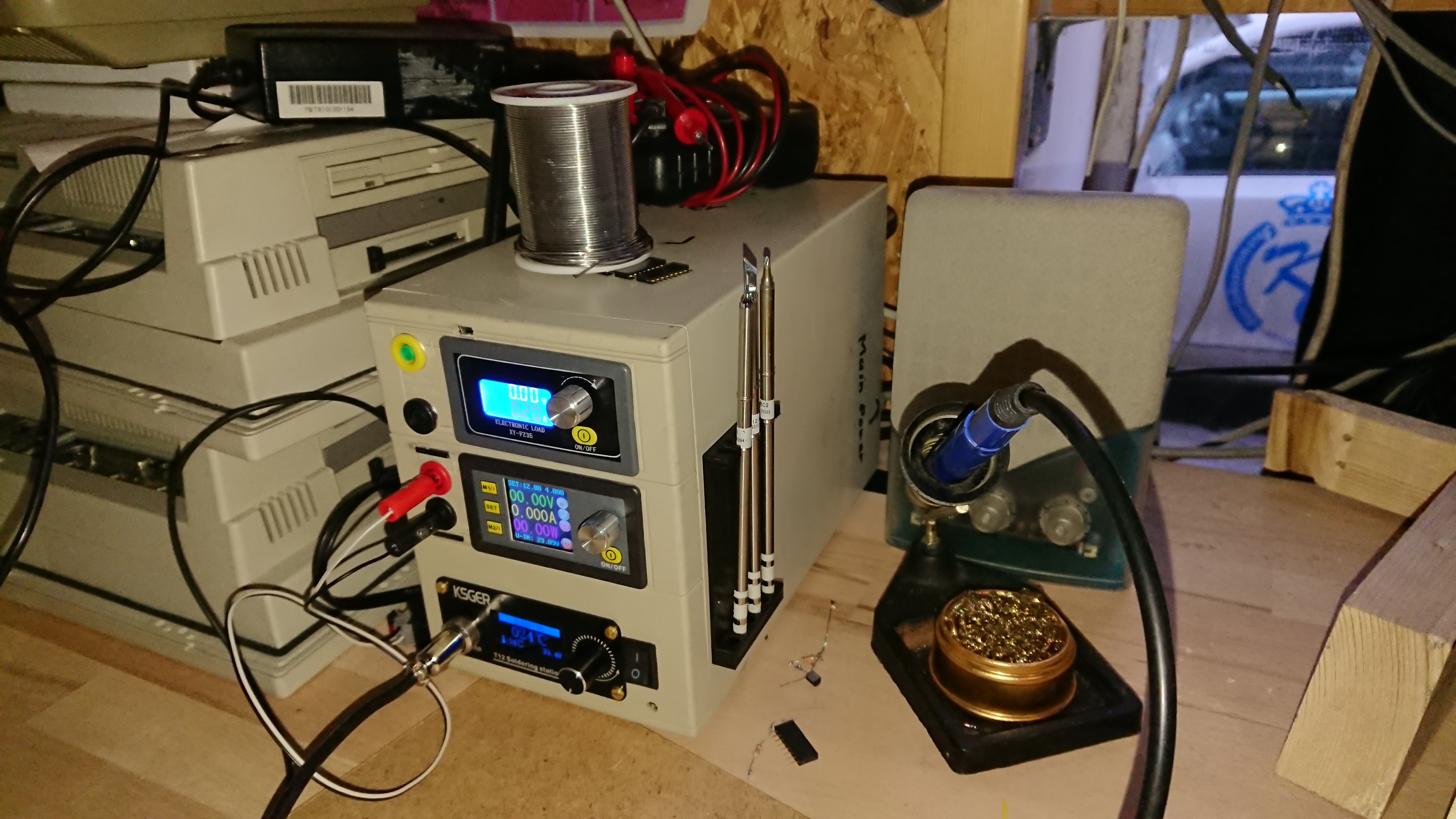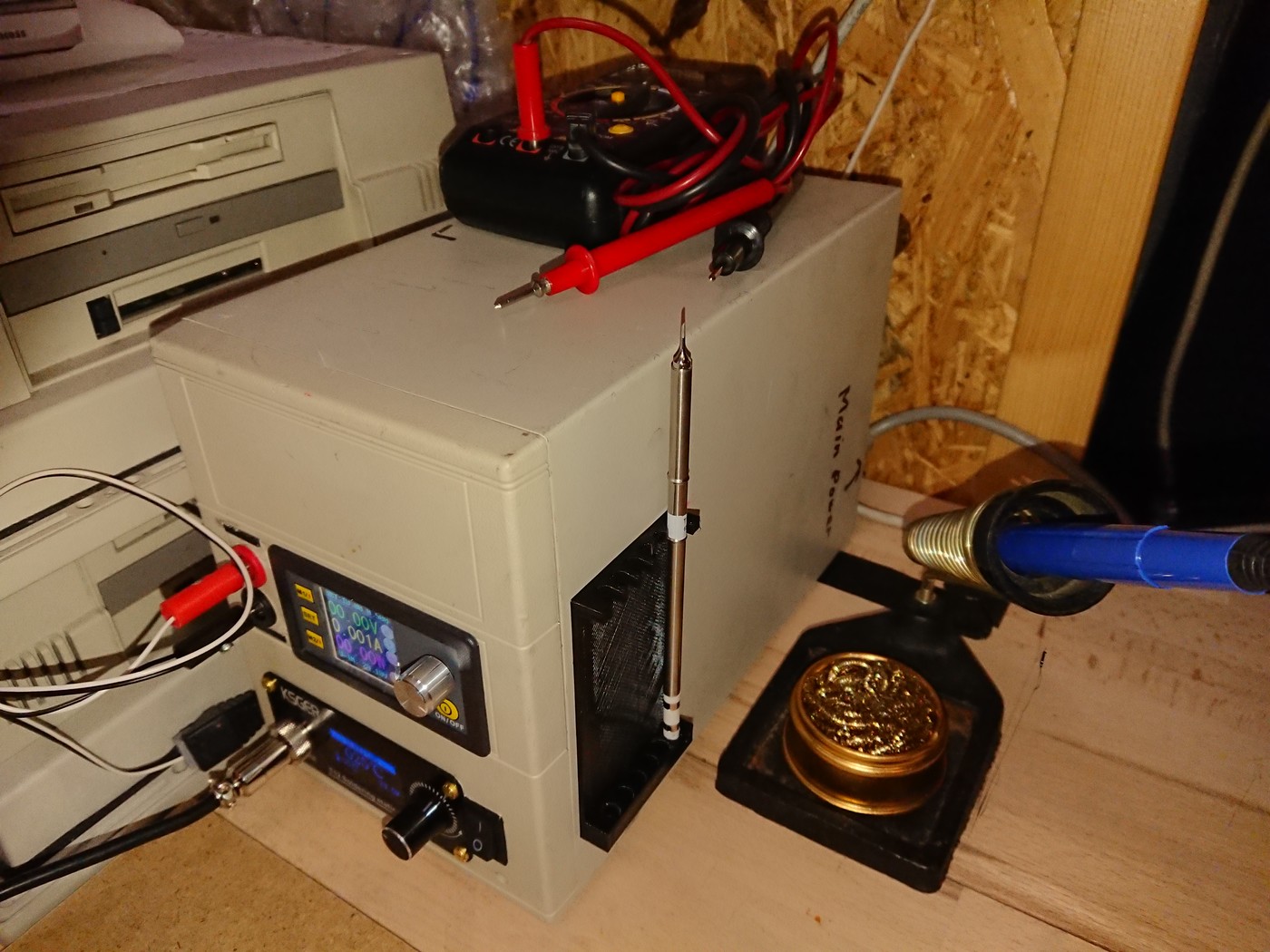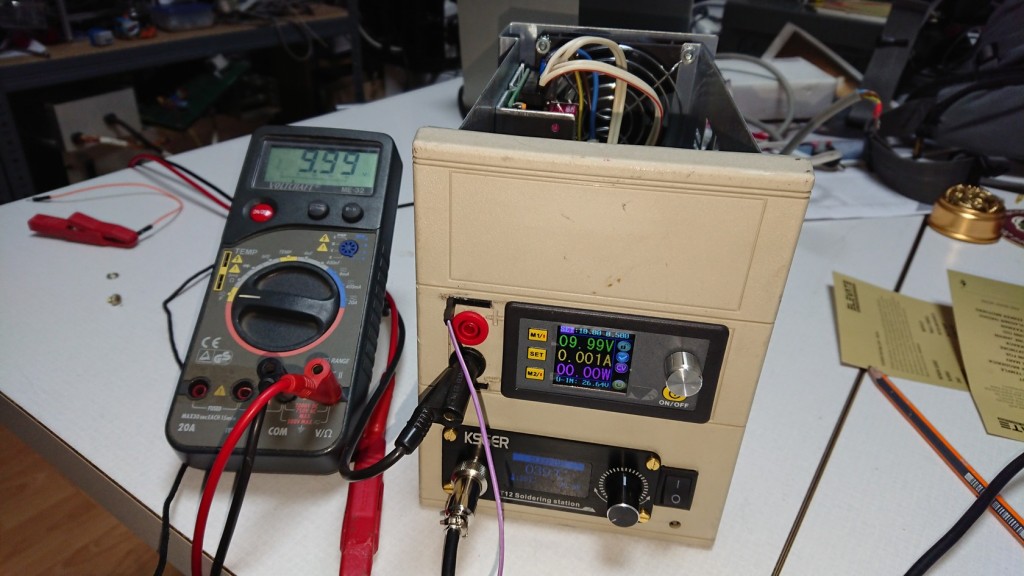
Since our last meeting for the upcoming Chaos Communication Camp 2019, an idea got stuck in my head (many actually, but this post is just about that one):
Lasercut some trapezoid lamps that make for a cosy atmosphere in our lounge tent. Leave enough space inside to put in any (battery powered) light at hand. Make them easy to assembly, so we just need to transport the sheets of wood and can easily assemble several of them at the location.
After a short discussion on IRC about who had time and ideas for the right approach, I decided to give it a try myself and see what I could do in about half a day.
See photos and videos in the gallery.
First I went looking for a trapezoid box maker. Turns out, there is none that I could find. Here is an otherwise impressive list of joint and box scripts, which I came across.
I decided to draw the box by hand in Inkscape, based on two different sized cubic boxes generated with an Inkscape extension. From these, I would take the top and bottom parts and create the trapezoid sides by rotating the generated finger-joint borders. So far so good. Of course I made a mistake and duplicated the wrong sides, but realized this in time to not waste any wood.




